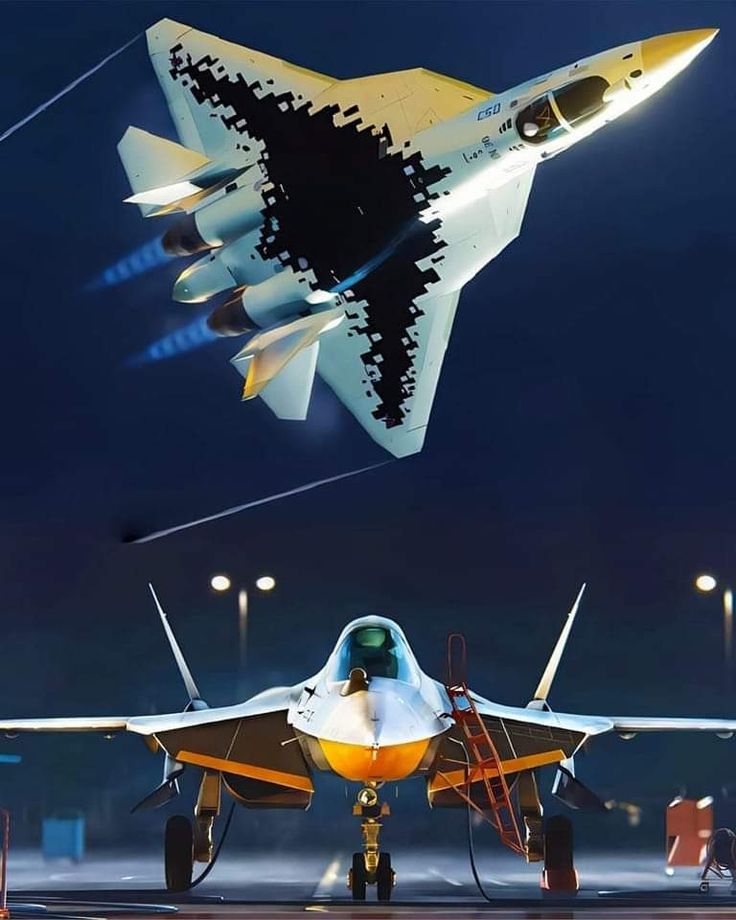
The Su-57 and F-22 Raptor represent two of the most advanced fifth-generation fighter jets in the world, designed by Russia and the United States respectively. Both aircraft emphasize stealth, supermaneuverability, and advanced avionics, but their design philosophies and operational roles reflect the priorities of their nations.
The F-22 Raptor, developed by Lockheed Martin, entered service in 2005 and remains a cornerstone of U.S. air superiority. Its stealth technology is highly refined, making it nearly invisible to radar. The F-22 combines powerful engines with thrust vectoring, enabling exceptional agility in dogfights. Equipped with advanced radar and electronic warfare systems, the Raptor excels in beyond-visual-range (BVR) engagements, ensuring dominance in the skies. However, its production was limited to around 187 units due to high costs.
On the other hand, the Su-57, developed by Sukhoi, is Russia’s answer to fifth-generation air power. Officially entering limited service in 2020, it incorporates stealth features, although analysts suggest its radar cross-section may be larger than that of the F-22. The Su-57 emphasizes versatility, designed for air superiority and strike missions. It features 3D thrust vectoring and advanced avionics, with claims of integrating artificial intelligence support. Additionally, the Su-57 is expected to carry a wide range of weapons, including hypersonic missiles.
While both fighters aim for stealth and agility, the F-22 has a proven combat track record and unmatched stealth capabilities, whereas the Su-57 focuses on cost-effectiveness and adaptability. Future upgrades to both aircraft will determine how they fare in an evolving battlefield dominated by drones and advanced missile systems. Ultimately, these two fighters symbolize the technological competition between the U.S. and Russia for air dominance.
Would you like me to also write a comparison table of their key specifications (speed, range, weapons, radar, stealth rating) to make it more detailed?


